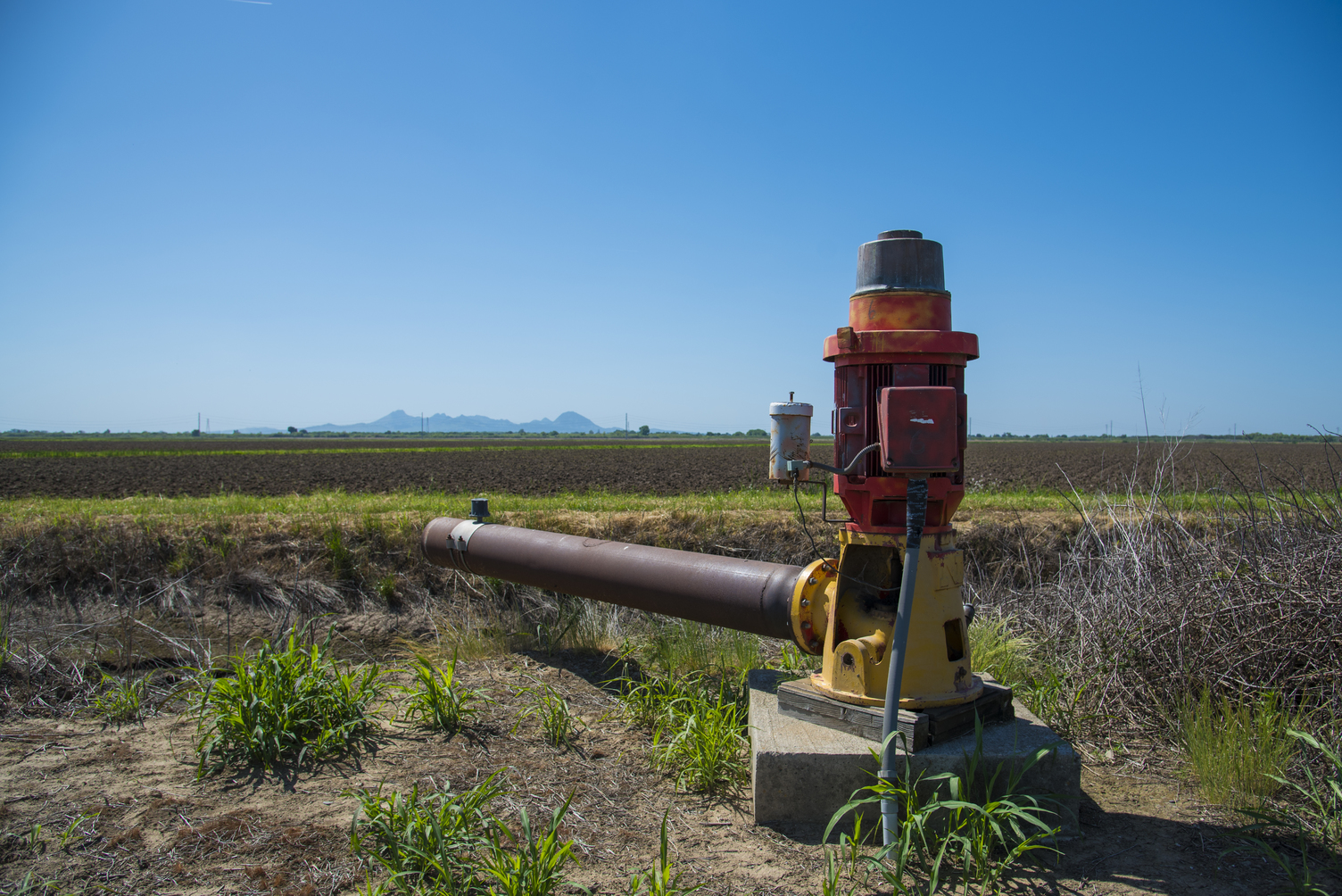Green Infrastructure & Sustainable Stormwater Management
Ellerbe Creek Green Infrastructure Partnership: A NEW APPROACH TO RESTORING DURHAM’S STREAMS AND RIVERS
Our urban landscapes were not designed historically with the idea of protecting and restoring our natural environment. Weaving green stormwater infrastructure into an existing landscape can have significant benefits for both the human and natural communities by reducing flooding, improving water quality, reducing heat island affect, creating better access to green spaces, and many more! This report looks at the possibilities for using green stormwater infrastructure in a highly urbanized part of Durham, NC in the Ellerbe Creek watershed.
The most densely developed areas of the City and County were built along and on top of the headwaters of Ellerbe creek. The creek receives almost half of all the stormwater runoff from the city creating a huge problem for Ellerbe creek. The Durham State of Our Streams Report lists numerous pollutants in the creek that are directly related to excess stormwater runoff. Ellerbe Creek has been on the list of North Carolina’s most polluted water bodies since 1998 and stormwater pollution makes the creek nearly uninhabitable for aquatic life and at times dangerous for people.
Ellerbe Creek is the dirtiest stream in the Falls Lake Reservoir Watershed. High levels of nitrogen and phosphorous contribute to the current pollution problem in Falls Lake causing algae blooms and elevated bacteria levels leading to human health hazards, fish kills, drinking water contamination, and closed recreational beaches in the reservoir. Clean-up goals for the reservoir are in place and call for a 40% reduction in nitrogen and a 77% reduction in phosphorus. To restore clean water to the creek, the City of Durham will need to spend hundreds of millions of dollars using traditional stormwater management practices. This report shows a new innovative and cost effective approach to address these problems relying on integrating green infrastructure (e.g. rain gardens, green roofs, permeable pavement) into the city’s urban landscape to absorb and filter polluted stormwater and slowly release the cleaned, cooled water into the creek to restore its health and make it a more valuable resource for the community.




